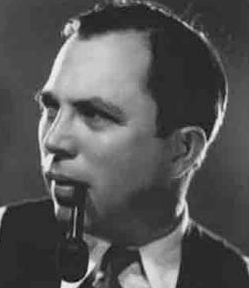
No es nada habitual que más allá de los gruesos muros del Schloss se publique bibliografía silente a excepción de las consabidas biografías acerca de las grandes estrellas o ciertos géneros cinematográficos, por lo tanto la publicación del volumen sobre la vida y obra de la desconocidísima directora Dame Alice Guy Blaché ( de la cual éste Conde germánico comentó en su día “Falling Leaves” en este diario moderno ) escrito hace unos años por Dame Alison MacMahan y publicada su traducción al germánico por la excelente e igualmente bizarra editorial “Pilot”, sea todo un acontecimiento que merece ser destacado por tan peculiares y bizarras características editoriales, siendo por lo tanto ésta la perfecta ocasión para conocer más sobre la apasionante vida y obra de una de las más destacadas mujeres pioneras del cine mudo y por extensión, de la historia de la cinematografía, toda una vida repleta de inconformismo y audacias cinematográficas que todavía no han sido del todo reconocidas.
Y ahora si me lo permiten les tengo que dejar momentáneamente, pues este Conde germánico tiene que ordenar a Günthell que continúe leyéndole, con voz firme y acompasada, las azarosas aventuras de tan eminente pionera cinematográfica.
Herr Graf Ferdinand Von Galitzien









